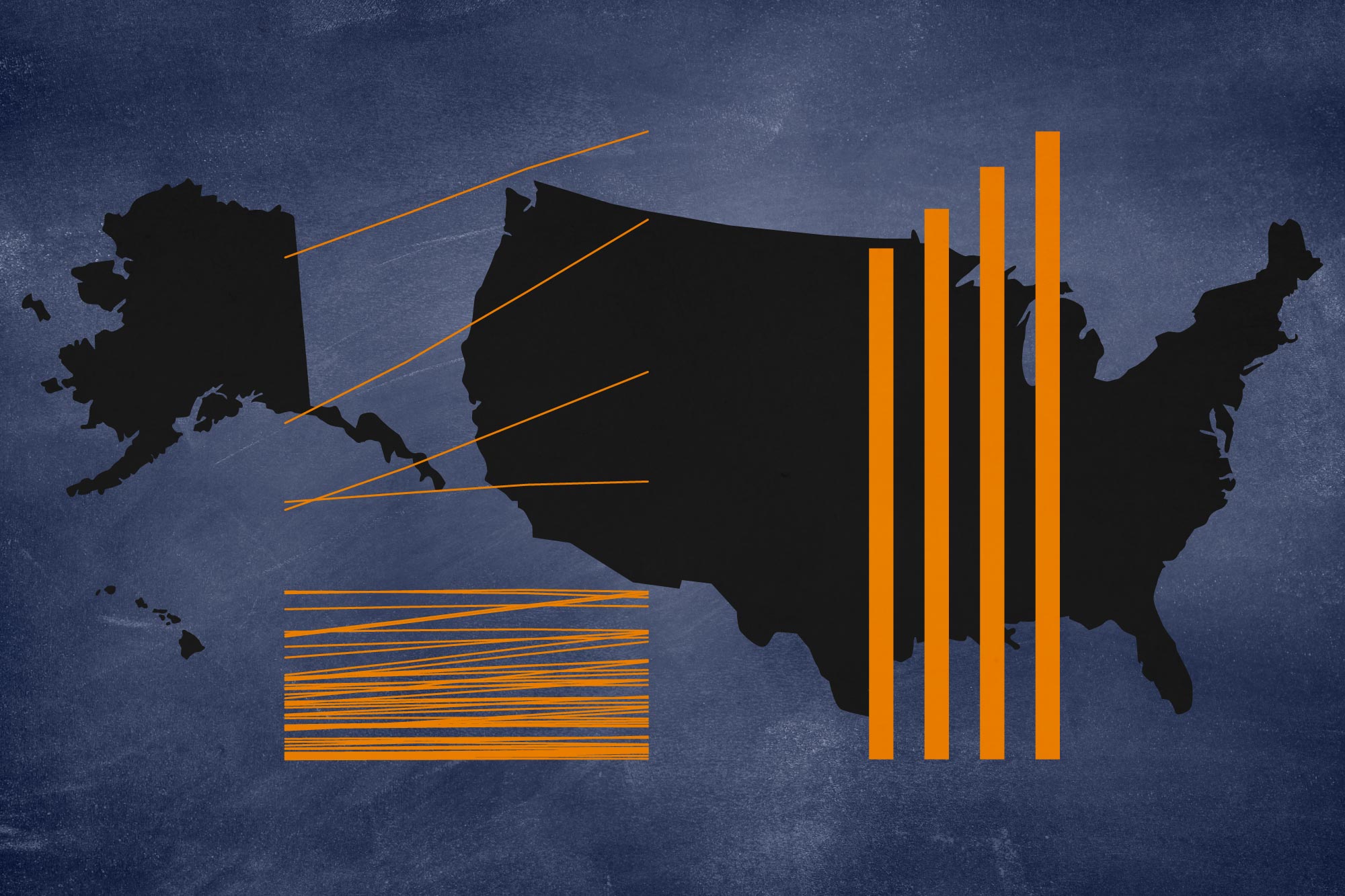Whether they come from Dr. Anthony Fauci, Warren Buffet, a politician, a bombastic sports commentator or even just a local weather forecaster, our natural inclination is to see how accurate predictions are.
But the people making the predictions themselves are often the most curious of all.
Such was the case for Qian Cai and Shonel Sen, demographers at the University of Virginia’s Weldon Cooper Center for Public Service, who had prepared population projections for the 50 states and the District of Columbia and were eagerly awaiting the 2020 Census results.
Their work marked the first time any organization other than the U.S. Census Bureau had produced projections for all 50 states.

Demographers Shonel Sen, left, and Qian Cai say projections need to be updated every two or three years to better capture the latest population trends. (Photos by Dan Addison and Sanjay Suchak, University Communications)
Recently, Cai and Sen compared their projections to the actual census counts, and, let’s just say, came away quite pleased.
UVA Today caught up with Cai and Sen via email to learn more.
Q. Can you give UVA Today readers, who may not be that familiar with the work that you do, an idea of why these projections are so important, as well as a couple examples of how the projections were used over these last two or so years?
A. In the decade of the 2010s, the U.S. Census Bureau stopped producing state-level population projections, but many federal agencies, state governments, businesses and nonprofits rely on a consistent set of state-by-state projections for their planning and research purposes. In order to fill this void, our team decided to step in and develop these projections pro-bono, for each state and Washington, D.C., over 2020, 2030 and 2040.
The national 50-state projections are widely used and have practical applications in health, economics, politics and environmental research, to name a few. Our projections, for example, were used by the Centers for Disease Control and Prevention, the U.S. Environmental Protection Agency, the U.S. Government Accountability Office and the National Park Service.
Q. What were your key findings, when comparing your projections to the actual 2020 census count?
A. Nationally, we projected the 2020 U.S. population to be 332,527,548, which is a bit more than the Census count of 331,449,281, representing a difference of 0.33%. Our projection is slightly closer to the actual count than the U.S. Census Bureau’s [preliminary] projection of 332,639,000.
Some of the key findings when we compare our projected population numbers to the 2020 Census head counts are the following:
- Of all 50 states, the absolute difference between our projected population and the Census count ranges from 0.06% for Kansas to 3.4% for Idaho. All differences are under 3.5%.
- Thirty states are within plus-or-minus 1% difference from the Census count, including 16 states that are within plus-or-minus 0.5%.
- The average difference of the 50 states is 1.1%. This is very low. According to the Census Bureau’s empirical evaluations of its own projections in previous decades, the typical average difference is between 3% and 5%.
Q. How did it make you feel when you realized your projections were so accurate?
A. We are very pleased with the results. Since it was the first time any organization other than the U.S. Census Bureau has produced projections for all 50 states, this evaluation not only provides a concrete validation for our work, but more importantly, affords greater confidence for data users that our projections are of high quality.










